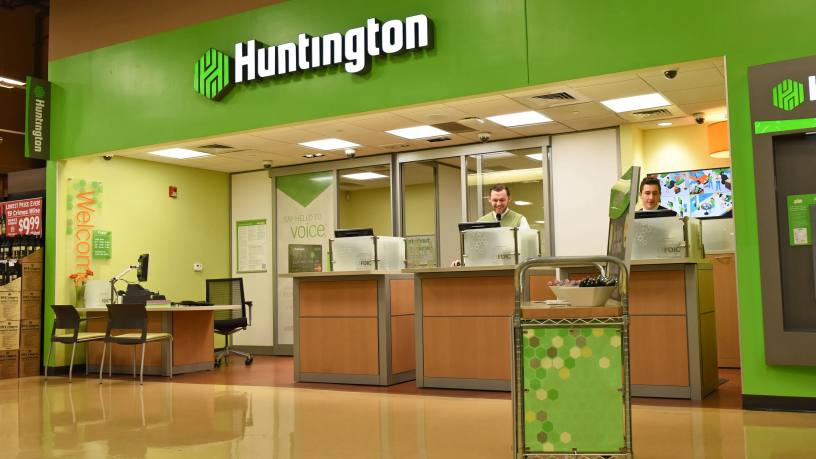The US banking industry had to cope with multiple challenges in 2022, including an unprecedented pace of monetary tightening by the Federal Reserve, the highest inflation in 40 years and volatile markets. However, banks also had several tailwinds in 2022, including expanding net interest margins, strong loan growth and benign credit performance, according to Fitch in its November report, US Banks Outlook 2023.
An impressive 81 lenders in the Top 100 US Banks 2023 ranking improved their Tier 1 capital position in 2022. Together they managed to increase the ranking’s aggregate total to reach $1.79bn, albeit a rise of just 1%. In addition, 61% expanded their asset base, but just 43% recorded an increase in pre-tax profits (PTP). All bar one of the top 10 banks — PNC Financial Services Group — saw a drop in year-on-year PTP.
But it was Dallas-based Beal Bank — a wholesale bank founded in 1988 by entrepreneur Andrew Beal — who recorded the biggest increase in total assets (338.4%), as well as the largest PTP rise (141.9%). Additionally, it boosted its Tier 1 by 44.8% to $4.2bn and moved up 14 places to 50th. Beal Bank also has the best return on capital ratio (34.51%) and the second-best return on assets ratio (4.48%), only behind United National Corporation (14.45%).
Several regional players expanded their Tier 1 faster than their bigger peers off the back of completing sizeable mergers and acquisitions. For example, First Citizens BancShares, the largest family-controlled bank in the US, registered the highest growth in Tier 1 capital (126.1%) following the acquisition of CIT Group. It moved up 12 places in the ranking to 35th.
Likewise, Old National Bancorp recorded a 92.6% jump in Tier 1, which allowed it to leap up 32 spots to 54th, making it the highest mover among the cohort. Based in Indiana, Old National merged with Chicago-based First Midwest Bancorp in 2022.
Buffalo-based M&T Bank enters the top 20 for the first time, following its largest-ever acquisition of Connecticut-headquartered People’s United Bank. The additional 29.3% in Tier 1 capital meant the former moved up 13 places to 18th overall.
Another regional winner, Huntington Bancshares, based in Columbus, Ohio, takes the accolade for the best-performing bank in the US out of the largest 20 bank holding companies, pushing last year’s winner, Discover Financial Services, into third place. The Banker’s best-performing banks methodology scores firms on their performance across eight indicators, providing an overall score and eight individual scores in areas such as growth and profitability.
In June 2022, Huntington completed its acquisition of Capstone Partners, an investment banking and advisory firm, following its purchase of TCF Financial Corporation in mid-2021. It came out on top in operational efficiency and second in return on risk. (It did not appear in the 2022 tables, as only the 20 largest domestic banks are included in the performance analysis.)
The country’s largest banks by Tier 1 capital, JPMorgan, Bank of America and Citigroup, came in seventh, sixth and 12th place, respectively, for overall performance.
However, the US banking sector has been shaken this year by the recent collapse of Silicon Valley Bank following a $42bn run on the bank, the regulator’s takeover of Signature Bank and the $30bn injection into First Republic Bank by the largest US banks, all with large exposures to the tech start-up industry. Deposit flows and deposit costs are likely to garner more focus this year, as most banks experienced a third straight quarter of net deposit outflows, predicted Fitch in a January report.













